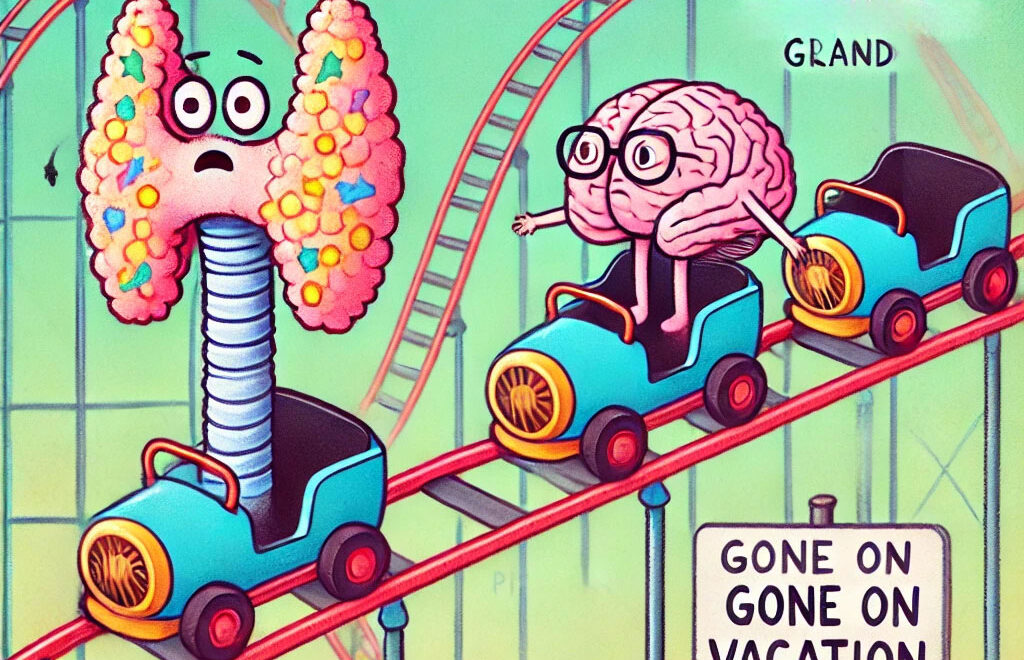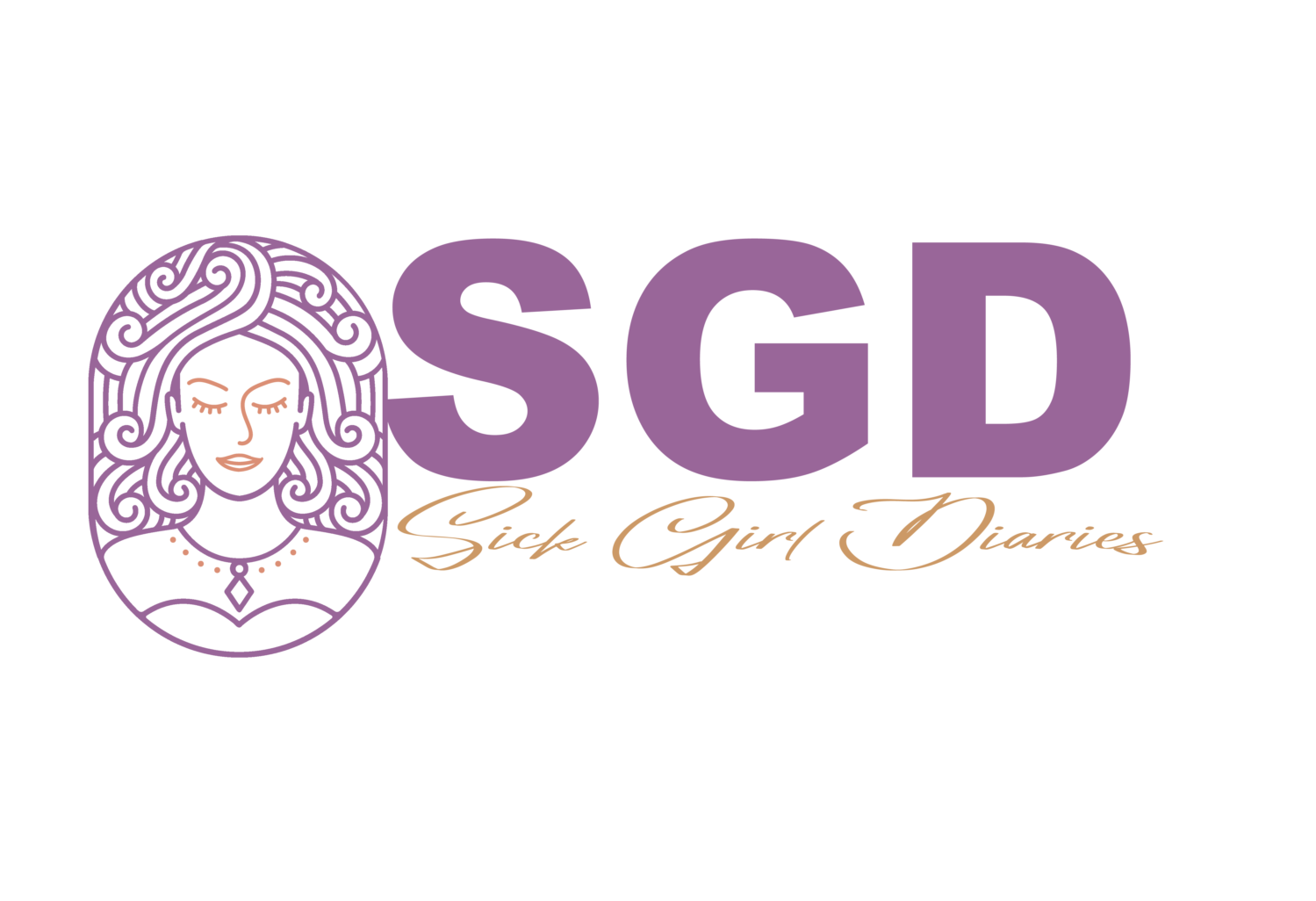From Hashimoto’s to Central Hypothyroidism: My Thyroid’s Rollercoaster Adventure

Oh, the joys of having a thyroid and a pituitary gland that can’t make up their minds! First, it’s Hashimoto’s, then it’s Central Hypothyroidism due to my pituitary gland deciding to check out early. It’s like my endocrine system wanted to star in its own soap opera with plenty of plot twists and drama. If you’re scratching your head wondering what any of this means, don’t worry—I’m here to break it all down in the simplest terms, with a sprinkle of humor to keep things light!
What is Hashimoto’s Disease?
Let’s start with the first act: Hashimoto’s Disease. This is an autoimmune condition where your immune system, the very thing that’s supposed to protect you from colds and flu, decides to attack your thyroid gland instead. The thyroid, which sits pretty in your neck, is responsible for producing hormones that regulate your metabolism, energy levels, and even your mood. With Hashimoto’s, your thyroid is under attack and can’t produce enough of these hormones, leading to hypothyroidism (a fancy word for a sluggish thyroid).
How Common is Hashimoto’s?
Hashimoto’s is the most common cause of hypothyroidism in the U.S. In fact, about 5 out of every 100 people have Hashimoto’s. It’s like a secret club that nobody wants to join, but here we are, all thyroid buddies. Women are about 5 to 10 times more likely to develop Hashimoto’s than men, because why wouldn’t we want another thing on our plate, right ladies?
How Do People Get Hashimoto’s?
The exact cause of Hashimoto’s is a bit of a mystery, but it’s thought to be a mix of genetics, environmental factors (like stress or infections), and maybe even some bad luck thrown in for good measure. You might be more likely to develop Hashimoto’s if it runs in your family or if you have other autoimmune diseases.
Fast Forward to Central Hypothyroidism: The Plot Twist
Now, here’s where my story takes a dramatic turn. After dealing with Hashimoto’s, I faced a new challenge: Central Hypothyroidism. But wait, what happened? Well, instead of my thyroid being removed, it was my pituitary gland that decided to exit the building. The pituitary gland, which is often called the “master gland,” controls various hormonal functions in the body, including the production of thyroid-stimulating hormone (TSH). Without the pituitary to give the proper signals, my thyroid is left hanging, unsure of how much hormone to produce.
What is Central Hypothyroidism?
Central Hypothyroidism is when your thyroid isn’t making enough hormones, not because it’s being attacked (like with Hashimoto’s), but because the pituitary gland in your brain isn’t sending the right signals anymore—because, in my case, it’s no longer there! Think of the pituitary as the conductor of an orchestra. If it stops conducting, the orchestra (your thyroid) won’t play the right tune (make enough hormones). So even though my thyroid is still there, it’s kind of lost without its conductor.
How Common is Central Hypothyroidism?
Central Hypothyroidism is pretty rare, affecting about 1 in 100,000 people. It’s like winning the lottery, but in reverse. And it often goes unnoticed because it’s not as common or well-known as other thyroid conditions.
Is There a Cure?
Unfortunately, there’s no cure for Hashimoto’s or Central Hypothyroidism, but don’t start panicking just yet. Both conditions are manageable with the right treatment. For Hashimoto’s, the go-to treatment is daily thyroid hormone replacement pills (like levothyroxine) to make up for what your sluggish thyroid isn’t producing. For Central Hypothyroidism, the treatment is also thyroid hormone replacement. The key difference is that since my pituitary gland was removed, I’m not getting any natural cues to produce hormones, so it’s all about finding the right dose of replacement hormones.
Managing and Living with Central Hypothyroidism
Living with Central Hypothyroidism means playing a balancing act with your hormone levels. Here’s the good news: with the right dose of medication, most people can live pretty normal lives. The key is regular monitoring with your doctor to make sure your thyroid hormone levels are where they should be. If your dose is too low, you’ll feel tired, cold, and maybe a bit blue. If it’s too high, you could feel jittery, sweaty, and like you’ve had way too much coffee.
Here’s how I manage living with Central Hypothyroidism:
- Daily Medication: Every morning, like clockwork, I take my thyroid hormone replacement. It’s my way of giving my body the hormones it needs since my pituitary gland isn’t there to tell my thyroid what to do anymore.
- Regular Doctor Visits: I get my thyroid levels checked regularly to make sure my dose is spot on. It’s like taking your car for regular tune-ups—you want to catch any issues before they become big problems.
- Listening to My Body: I’ve become pretty attuned to how I’m feeling. If I notice symptoms creeping back in—like fatigue, weight gain, or feeling unusually cold—I know it’s time to call my doctor.
- Healthy Lifestyle Choices: Eating well, exercising, and managing stress all help keep my body in balance. I mean, if I’m going to have a dramatic thyroid journey, I might as well give myself the best chance at feeling good, right?
Conclusion:
So there you have it—my thyroid’s rollercoaster ride from Hashimoto’s to Central Hypothyroidism, explained in plain English. While there’s no cure for either condition, with the right treatment and a little bit of humor, it’s totally manageable. Just remember: take your meds, keep up with your doctor visits, and listen to your body. And if all else fails, chocolate and a good nap never hurt anyone!


